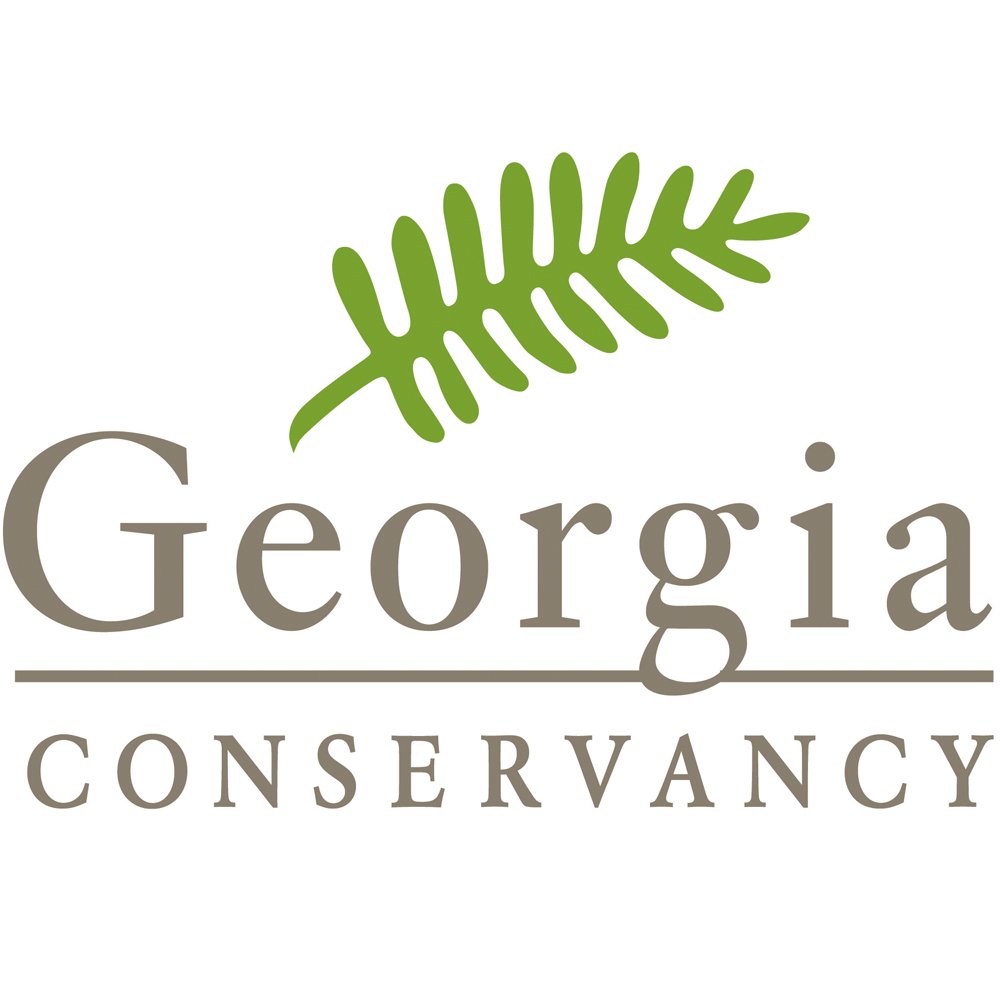Why Do Small Towns Matter?
When we think about “cities,” the largest ones usually come to mind first. For Georgia, that’s Atlanta, Columbus, Macon, Augusta, and Savannah. As planning practitioners, it’s easy to spend most of our time thinking about big cities because they face obstacles that affect thousands, sometimes millions, of people. But whether it’s water quality, access to nature, housing choice, or transportation and infrastructure, small towns have these problems too, and sometimes have greater need for planning services.
Downtown Plains, GA by Julian Buckmaster
To put it in perspective, small towns make up the majority of municipalities in the state. There are 391 of 535 cities and towns that are home to 10,000 people or fewer (U.S. Census Bureau). Non-metro land use also makes up the majority of our land area. 92% of Georgia, in fact, is classified this way. As a statewide organization dedicated to promoting conservation and sustainable growth, the Georgia Conservancy is keenly aware of the important role that small towns play in impacting overall land-use across Georgia.
The heart of our state remains our small towns and all of the places and spaces within them that make them special: the quaint little shop in St. Marys, the pizza place in Hogansville, numerous city halls and historic theaters that charm and exude authenticity of place. Planners working in larger cities can learn a lot from small towns. Their historic downtowns, mill villages, and Main Streets are the original walkable communities, with environmental and economic benefits that major urban centers spend millions of dollars to replicate. These places, many created before the widespread use of the car, were built so that residents could conveniently access everyday needs.
As small towns continue to provide strong support for our robust agricultural, tourism and nature-based recreation economies, their stability is critical to the economic health of the state, but as times have changed, the vibrancy and sustainability of small towns has wavered. Many have seen decline as younger generations have migrated to cities, as manufacturing has dwindled nationwide, and as resources have been shifted to larger towns and cities. However, there has been a recent resurgence of interest in these towns because they offer many qualities that larger cities do not–greater housing affordability, access to greenspace, and unique cultural activities. By focusing on quality of life, sustainable community development, land use, and benefits provided by existing assets and resources (whether they are natural or manmade), the Georgia Conservancy believes Georgia’s smallest towns can compete.
Since 1995, the Georgia Conservancy has provided planning, design, and technical assistance to communities across Georgia, including many small towns and rural areas, places such as Hiram, Pine Lake, Moreland and Hogansville. We learn from local leaders, provide planning services, and help local government officials shape sustainable futures in an effort to ensure the vibrancy and attractive individuality of these places. The program often refers back to the strong characteristics of a place–farmland, greenspace, historic structures, and unique stories–that should be recognized, conserved, strengthened, and marketed so that the community can thrive alongside the “big cities”.
RURAL REVITALIZATION ACT AND THE CITY OF HOGANSVILLE
To bolster sustainable planning efforts and work toward revitalization and renewed stability in our smaller communities, the Georgia Conservancy, along with the Georgia Municipal Association and Georgia Chamber of Commerce, advocated at the State Capitol in 2017 for the passage of legislation that would allow for the designation of eligible downtowns across Georgia as Rural Zones. Approved by both legislative chambers and by Governor Nathan Deal, the Rural Downtown Revitalization Act (House Bill 73), which was sponsored by Rep. Penny Houston and Ways & Means Chairman Jay Powell, encourages small, rural and historic downtowns across Georgia to invest in their built environment, all in an effort to create jobs and stimulate economic activity.
In October 2018, Hogansville’s historic downtown was among eight communities in Georgia to receive the Rural Zone designation by the Georgia Department of Community Affairs. Eligible business owners within the Rural Zone designation will benefit from three different tax credits: a jobs credit, an investment credit, and a rehabilitation credit.
How did Hogansville, a town of 3,200 in Troup County, position itself to stand out among the many applicants?
In 2017, leadership within the City of Hogansville reached out to the Georgia Conservancy to help make them competitive. With help from partner organizations, Canvas Planning Group and Village Green Consultants, we worked to develop a Downtown Master Plan (DMP), a roadmap for future sustainable development and rehabilitation in the historic core. To create the DMP, we conducted an inventory of existing community assets (its historic structures, city parks, annual Hummingbird Festival, and proximity to a major city), and identified community issues (lower average incomes and vacant or blighted properties). The DMP incorporated public feedback, analyzed socioeconomic, demographic and market data, made zoning recommendations, and developed implementable tasks and projects for the community to enhance its downtown.
Through pursuing and then adopting the DMP, as well as continuing to promote Hogansville as an attractive place to live and visit, the Downtown Development Authority, City Council and city staff were successful in advocating for its Rural Zone designation.
In May 2019, the Fox Theatre Foundation awarded Hogansville a $51,250 preservation grant, which will support plans for the ongoing rehabilitation of the Royal Theatre, a historic community asset that figured prominently in the Hogansville DMP.
Through our Sustainable Growth program, as well as our Stewardship Trips and Land Conservation Initiative, we recognize that sustainability is important for towns and cities of all sizes. The implementation of thoughtful land practices for historic restoration, town planning, outdoor recreation, and economic development can benefit even the smallest of Georgia’s communities. Hogansville, among other locations in our state, is setting an example of a sustainable way forward for small and rural towns.
If your community is interested in engaging the Sustainable Growth program in this type of work, please feel free to reach out to us! www.gaconservancy.org/growth







